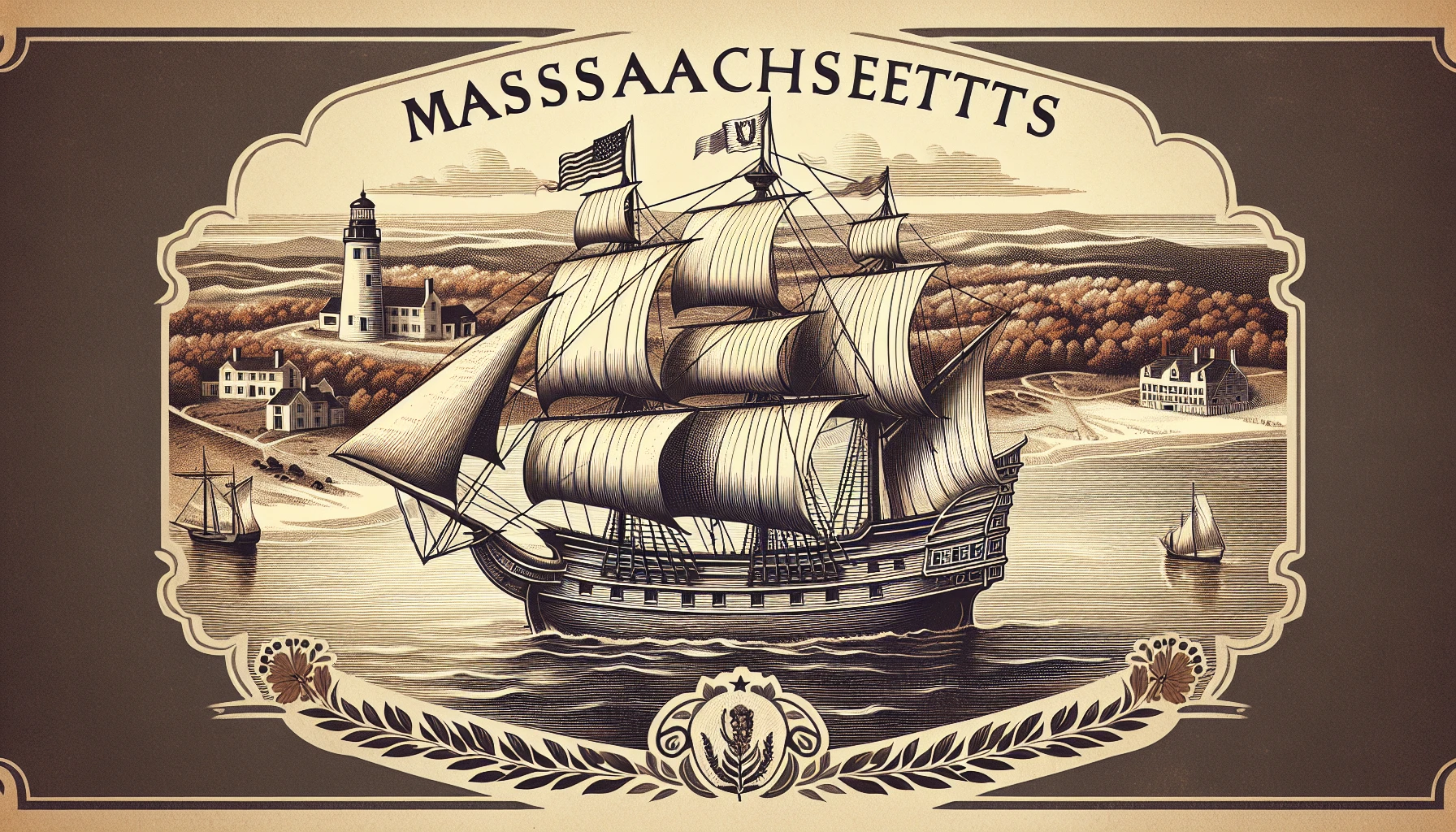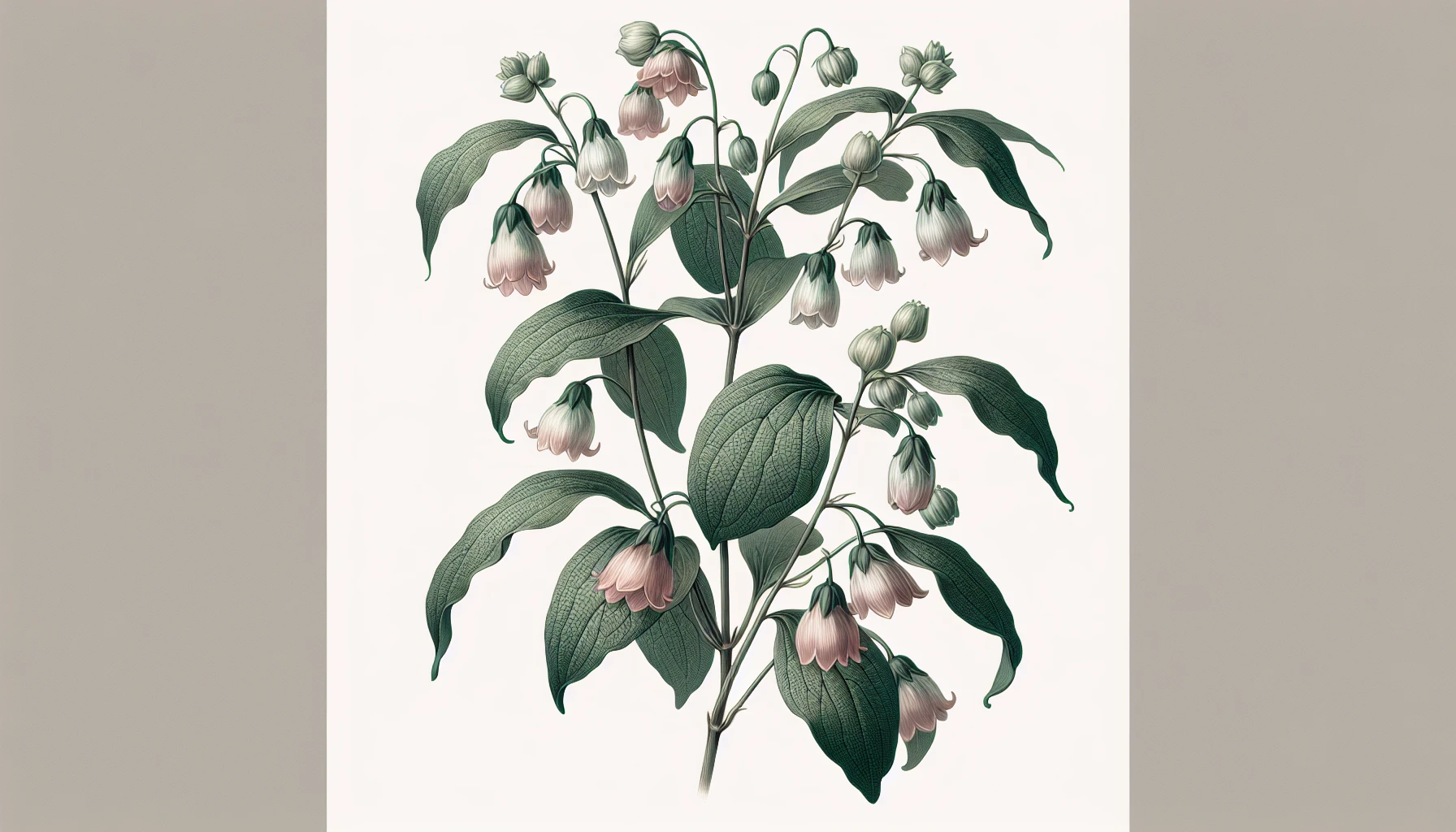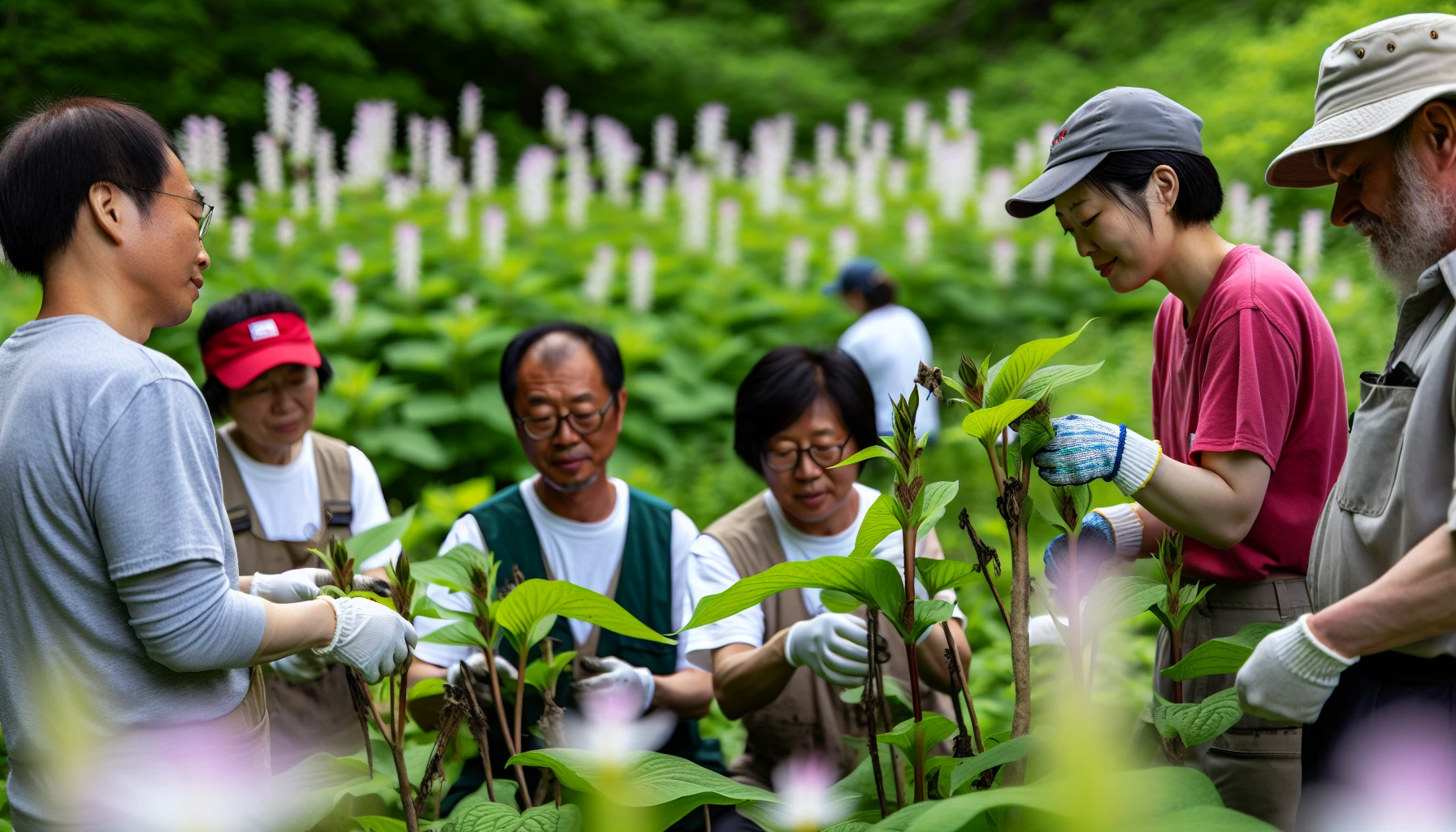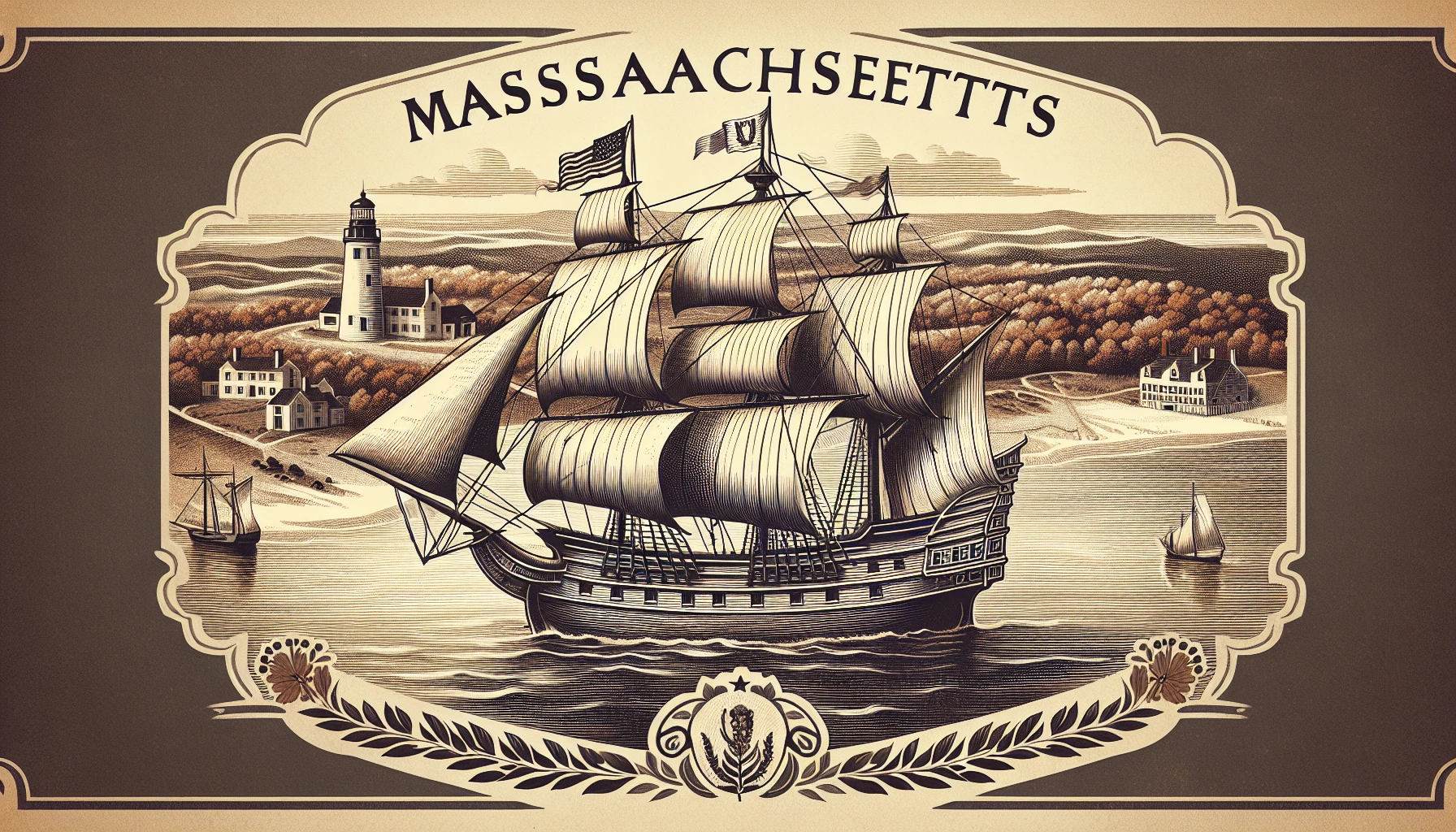Massachusetts State Flower: The Charming Mayflower
Imagine strolling through the woods of Massachusetts, where the scent of a delicate, fragrant flower catches your attention. This enchanting aroma belongs to the Mayflower, the official Massachusetts state flower, which has captivated residents and visitors alike for centuries.

The Mayflower holds a special place in Massachusetts' history and culture, symbolizing hope, fresh starts, and the resilience of the people who call this state home. Join us as we journey through the captivating story of the Massachusetts state flower, learning about its historical significance, botanical characteristics, and how to grow and care for this charming plant.
Massachusetts State Flower
- The Mayflower is the official state flower of Massachusetts, representing hope and fresh starts for the Pilgrims.
- It has a deep historical significance to Massachusetts, symbolizing unity and the beginnings of representative self-government in Colonial America.
- The Mayflower's conservation status is endangered, but preservation efforts are in place to protect its legacy.
- shad-flower
- ground laurel
- Mountain pink
- winter pink
- The Mayflower II, a replica of the original ship
- Safeguarding the ship's historical roots while adhering to conservation standards
- Enhancing public access to important historical documents related to the Mayflower, such as the Bradford Manuscript
- Fresh starts
- Optimism
- Unity
- Camaraderie
- Tranquility
- Openness
- Soil requirements
- Sunlight requirements
- Planting techniques
- Proper care
- Plant Mayflowers in Massachusetts from March to July.
- Ensure the seeds or bulbs are planted just a quarter of an inch below the soil's surface.
- After planting, give the plant a deep watering.
- Keep the soil lightly moist until healthy new growth appears.
- Continue to keep the soil moist.
- Ensure the plant has either partial or full shade.
- Water the plant once or twice a week, depending on the season and weather.
- Be aware that young plants may experience multiple growth spurts during the growing season, which can prevent flower buds from forming.
Unveiling the Massachusetts State Flower

The Mayflower, also known as the trailing arbutus, is a low-lying, woody shrub with fragrant pink to white flowers. It was chosen as the official state flower of Massachusetts in 1918, representing hope and fresh starts for the Pilgrims who arrived on the Mayflower ship. As the official flower, the plant's botanical name is Epigaea repens, and it is native to the eastern United States, including Massachusetts, where the Mayflower or trailing arbutus can be found in abundance.
The Mayflower can grow in sandy soil, as well as sandy or rocky soil, but it prefers moist soil and partial or full shade. We will now examine the historical significance, botanical profile, and conservation status of this intriguing plant.
Historical Significance
The Mayflower's historical significance in Massachusetts is undeniable. The plant symbolizes the hope and fresh start that the Pilgrims experienced upon arriving in the New World. This beautiful flower was chosen as the state flower by Massachusetts students who voted for it over the Water Lily with a ratio of 2:1. The Mayflower is named after the hawthorn, a sacred Celtic plant also known as "mayflower" in Britain. It is native to the eastern United States but not South Carolina, adding to its unique connection with Massachusetts.
Beyond its symbolism for the Pilgrims, the Mayflower is also tied to other significant events in Massachusetts history. These include the Pilgrims arriving in Plymouth in 1620, the establishment of the first major settlement, and the signing of the Pilgrim-Wampanoag treaty in April 1621. The Mayflower's deep historical roots make it an integral part of Massachusetts' identity and its connection to the past.
Botanical Profile

The Mayflower is an intriguing plant with distinctive botanical characteristics. Its flowers, ranging from pink to white, are small and fragrant, measuring about 1/3 to 3/4 inches wide. The plant's leathery, ovate leaves are stiff and are part of the Lily Family, which includes two petals, two sepals, and four stamens. The Mayflower is a widely known species of wild plant. It has various other names, such as:
In its natural habitat, the Mayflower can be found growing in woods, typically under or near evergreens in sandy or rocky soil. The plant's preference for moist soil and partial or full shade makes it well-suited to the temperate climate of Massachusetts and the surrounding New England region. Its unique combination of beauty, hardiness, and adaptability to various soil conditions adds to the allure of this captivating state flower.
Conservation Status

The Mayflower's conservation status is a topic of concern, as it has been on the endangered list since 1925. Despite its historical importance and beauty, the plant's population has faced challenges due to environmental factors, such as attacks from neighboring tribes, harsh winter weather leading to disease and low supplies, and potential threats from local indigenous peoples.
To protect the Mayflower in Massachusetts, there are ongoing preservation and restoration efforts, including:
These initiatives demonstrate the importance of preserving not only the plant itself but also its rich historical legacy for future generations.
The Mayflower in Massachusetts Culture

The Mayflower is deeply ingrained in Massachusetts culture, symbolizing:
It commemorates the Pilgrims' voyage and marks the beginning of a new chapter in American history. The Mayflower is also associated with the Mayflower Compact, which established representative self-government in Colonial America and holds deep cultural importance for Native Americans.
An examination of the symbolism, representation, and educational impact of the Mayflower in Massachusetts reveals the enduring influence of this delicate flower on the state's identity and legacy.
Symbolism and Representation

The Mayflower holds various symbolic meanings in Massachusetts culture. It embodies hope, new beginnings, and the establishment of representative government. The plant serves as a reminder of the Pilgrims' journey to America and their determination to build a new life in a foreign land. The Mayflower is also connected to the Mayflower Compact, a document that set up self-government in Colonial America and was a precursor to modern democracy. This historic event is celebrated through various events and ceremonies, highlighting the enduring significance of the Mayflower in Massachusetts.
In addition to its role in the state's history, the Mayflower has been used as an emblem of Massachusetts's pride and resilience. It has been the official state flower since 1918, symbolizing the state's connection to the Pilgrims who arrived on the Mayflower in 1620. This enduring symbol of Massachusetts' past continues to be a source of inspiration for its people today.
Educational Impact
The Mayflower plays an important role in the educational landscape of Massachusetts. Schools incorporate the study of the Mayflower Compact into their curriculums, teaching students about the Pilgrims' journey to America and the establishment of a democratic community in Massachusetts. This foundational event in American history serves as a powerful educational tool, fostering a deeper understanding of the state's past and its impact on present-day society.
In addition to its role in teaching history, the Mayflower is also used as a means to educate students about botany. The plant's unique characteristics, habitat preferences, and conservation status provide valuable lessons in plant biology and ecology. By studying the Mayflower, students can gain a deeper appreciation for the natural world and the importance of preserving our shared heritage.
Growing the Mayflower: Horticultural Tips
Growing your own Mayflower plants can be a rewarding and educational experience. With the right soil, sunlight, and care, you can cultivate a beautiful and fragrant addition to your garden. In this section, we'll provide valuable tips and insights on the ideal conditions for growing the Mayflower, including:
Soil and Sunlight Requirements
It's beneficial to know the preferred soil and sunlight conditions for the Mayflower to ensure successful growth. The plant prefers moist soil and thrives in partial or full shade. While it can grow in sandy or rocky soil, its preference for cool, moist conditions makes it well-suited to the temperate climate of Massachusetts and the surrounding New England region.
Keep in mind that soil pH can affect the growth of the Mayflower plant. Unfavorable soil pH conditions can hinder growth and reproduction, so it's essential to ensure the plant is grown in suitable conditions to maximize its potential.
Planting and Care
Appropriate planting methods and care are key to the healthy growth of the Mayflower plant. Here are some steps to follow:
To care for the Mayflower plant during its growth phase, follow these steps:
Pruning is also important to promote healthy growth, with techniques such as making heading cuts, deadheading spent flowers, and removing dead or diseased branches. Pruning should be done in early spring before new growth begins.
The Mayflower's Neighbors: Other New England State Flowers
Having traced the intriguing story of the Massachusetts state flower, it's noteworthy that the Mayflower is accompanied by other beautiful state flowers in the New England region. We will now examine the enchanting state flowers of neighboring Rhode Island and New Hampshire: the Violet and the Purple Lilac, respectively. Each flower has its own unique story and significance, adding to the rich tapestry of New England's botanical heritage.
Rhode Island's Violet
Rhode Island's state flower, the Violet, is a delightful addition to the New England floral landscape. Chosen by school children in 1897 and officially adopted as the state flower in 1968, the Violet symbolizes the abundance and beauty found within Rhode Island. The most common type of Violet found in Rhode Island is Viola sororia, otherwise known as the Common Blue Violet.
Violets are charming little plants with heart-shaped leaves and lovely blue, purple, white, or yellow flowers. They make excellent ground cover and are known to spread easily. Rich in vitamins A and C, violets can even be added to tea for a nutritional boost. As part of the Viola genus, there are over 680 species within the violet family Violaceae, showcasing the diversity and beauty of these enchanting flowers.
New Hampshire's Purple Lilac
New Hampshire's state flower, the Purple Lilac, is a testament to the hardy character of the people of the state. Chosen as the state flower in 1919, the Purple Lilac symbolizes strength and resilience, reflecting the pride of New Hampshire's residents. The purple lilac, or Syringa vulgaris, is a fragrant and beautiful spring-flowering shrub with blue-green foliage that complements its purple blossoms, which come in various shades of lilac, blue, mauve, lavender, white, and pink.
Native to New Hampshire, the Purple Lilac, Mountain Laurel, and White Pine Cone can be found growing in moist, wooded areas with acidic soils. Its delightful fragrance and stunning appearance make it a popular choice for gardens and landscaping projects throughout the state.
The Purple Lilac's enduring charm and significance in New Hampshire's history and culture make it a fitting companion to the Massachusetts Mayflower.
The Massachusetts State Flower
The Mayflower, Massachusetts' official state flower, holds a special place in the hearts of those who call this state home.
Its historical significance, botanical characteristics, and conservation status are all factors that contribute to the flower's enduring appeal. As a symbol of hope, new beginnings, and the resilience of the people of Massachusetts, the Mayflower serves as a constant reminder of the state's rich history and its connection to the past.
We hope that this journey through the captivating story of the Mayflower has inspired you to learn more about this enchanting plant and perhaps even try your hand at growing your own. With the right soil, sunlight, and care, you, too, can enjoy the beauty and fragrance of this charming flower. As you admire your thriving Mayflower plants, take a moment to reflect on the rich tapestry of history and culture they represent and how they connect us to our shared heritage.
Frequently Asked Questions
What is Massachusetts state fruit?
Massachusetts's official state fruit is the cranberry! This was declared in 2023 after fourth-grade pupils from Madison, Mississippi, successfully petitioned to have an official state fruit.
What is Massachusetts state bird and flower?
The state bird of Massachusetts is the Black-capped Chickadee, and its state flower is the Mayflower.
What is the Massachusetts state flower?
The Massachusetts state flower is the Mayflower, also known as Trailing-Arbutus. It's a delicate pinkish-white flower that blooms in early spring.
What is the historical significance of the Mayflower in Massachusetts?
The Mayflower symbolizes hope, new beginnings, and the establishment of representative government in Massachusetts, signifying the Pilgrims' historic journey to America.
What are the ideal soil and sunlight conditions for growing the Mayflower?
For growing the Mayflower, moist soil and partial or full shade are ideal conditions for sunlight.
Recent Posts
Year : 2024
Year : 2023
Year : 2022

